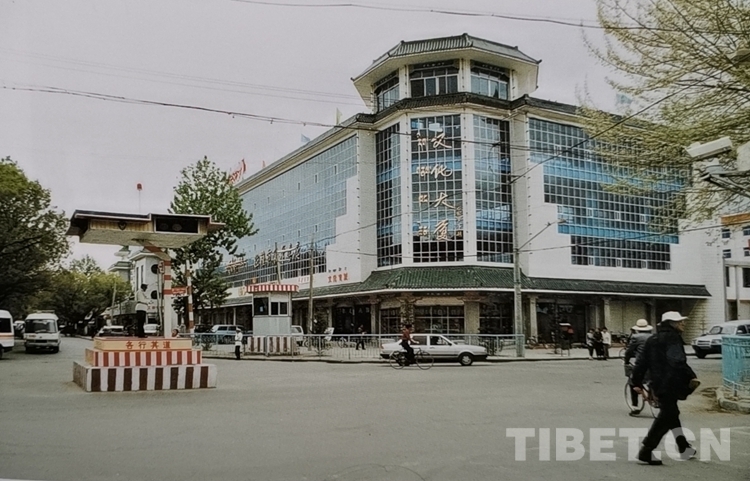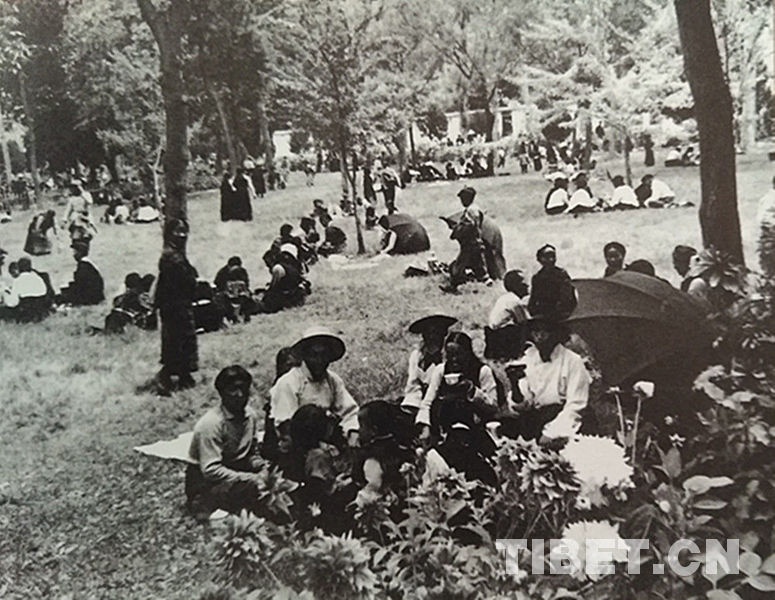Recognition of traditional crafts has rural economy all sewn up
Zhu Ernu, a 53-year-old Qinghai farmer, was taught traditional embroidery - also known as Qing embroidery - by her mother throughout childhood. Thanks to that, she founded her own company.
On Aug 30, she was invited to a forum on traditional crafts and rural revitalization as an inheritor of Qing embroidery. The inheritance and innovation of Qing embroidery became a major topic of the event.
At the forum, Zhu displayed the embroidery on her clothes that she made herself. Attendees were amazed at her handicraft and skills.
Zhu said she didn't expect that the "ordinary" skills in her eyes had become a representative item of intangible cultural heritage in Qinghai.
"Embroiderers like me are riding the wave (of national support for traditional crafts)," Zhu said. Besides Zhu, about 100 other inheritors of Qing embroidery participated in the event.
"With the support of the government and so many people working hard to develop the embroidery, there is no reason for us not to inherit and practice the skills well," Zhu said.
These achievements can be attributed to the province's efforts to polish the brand of Qing embroidery, said Lyu Xia, deputy director of the Qinghai Provincial Department of Culture and Tourism.
Lyu said Qing embroidery is an assortment of Qinghai and Tibetan embroidery, Huangzhong county embroidery and Hehuang Valley embroidery. It also includes traditional embroidery skills learned from ethnic groups like Tu, Salar and Mongolian people.
In Qinghai, women used to embroider by hand for their families; from wedding dresses to insoles. The folk art developed through a large number of artisans and has witnessed a close cultural bond with local ethnic groups. The embroiders use their skillful hands to carry forward the ancient art.
At present, the province has 12 categories of intangible cultural heritage projects in embroidery and 19 representative inheritors of embroidery. There are more than 50 embroidery enterprises and organizations. Nearly 300,000 people are engaged in the industry, accounting for 5 percent of the province's population.
According to the Qinghai culture and tourism department, embroidery has become an important channel for women in rural areas to make a living. Instead of working individually, they work for family workshops, embroidery companies and art studios.
Weaving Tibetan-style blankets is another intangible cultural heritage item in Qinghai. The province has established a reputation as a key Tibetan blanket production center. Riding high on the Belt and Road Initiative, a growing number of Qinghai-made Tibetan blankets are exported to Europe. This helps to promote Qinghai's culture and crafts, Qinghai Daily quoted Ma Xinmin, board chairman of Qinghai Tibetan Sheep Carpets (Group) as saying.
Regong in Qinghai is famous for thangka, a kind of Tibetan scroll painting, and has made advances in protecting its intangible cultural heritage.
With a total of 330 intangible cultural heritage items, 128 demonstration families, 257 representative inheritors and 37,000 cultural industry practitioners, local people have increased efforts in commercializing their crafts and engaging with industry.
"Intangible cultural heritage is a symbol of a nation's wisdom," said Shi Xiaobo, an official from the Qinghai culture and tourism department.
In the future, the province will launch more projects to protect heritage items. Such projects include establishing the intangible cultural heritage list, increasing the group of inheritors and making a digital record of the items, Shi said.
Tibet Stories

70 Years on: Drawing the newest, most beautiful blueprint on Tibetan Plateau
There have been three construction surges in Tibet in the last century.

